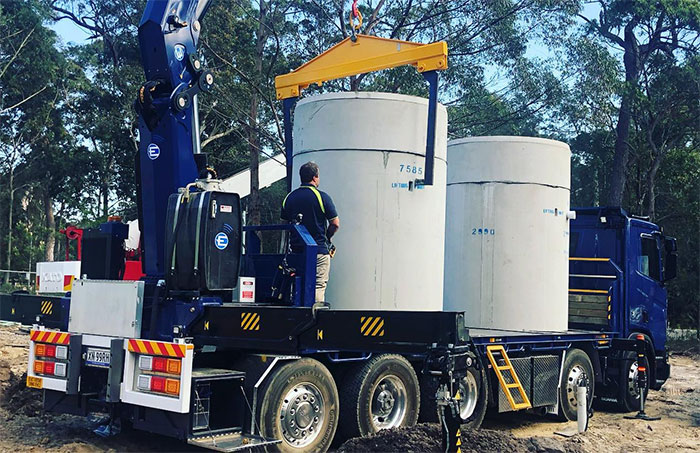Energy saving in the colder months
With winter now in full swing, many people are thinking about the best way to keep their families warm while saving money with rising energy costs. This article will outline a few steps you can take to help save energy during the colder months.
Passive design
Passive design helps you maintain the interior temperature of your home with little mechanical heating and cooling.
You can use passive design ideas when you are planning a new home or when renovating/enhancing your existing home.
Passive design ideas include:
- insulating the ceiling, walls and floor
- sealing draughts around doors and windows
- allowing winter sun to warm the house
- stopping summer sun from entering the house
- using natural airflow to help with cross-ventilation
According to Living Greener, half of the energy we use to heat or cool our homes can simply leak out without proper insulation. If you’re thinking of building a home, perhaps consider a few of the above points to help save money in the long run.
Mechanical heating choices
If your home isn’t designed for passive heating, the next best option is to choose appropriate heating for your home.
Your climate, type of heater, how you use it and even its position in the room can make a big difference to your comfort and heating bills.
Central heating can often heat a whole house, whereas space heating heats the one or two rooms that are in use. There are many options in both types – the best type of heating for you will depend on your circumstances.
Gas
- Gas heaters and efficient reverse-cycle heat pumps are cheaper to run than standard electric heaters and produce one third the amount of greenhouse gases.
- Ducted central heating systems can use either gas or reverse-cycle heat pumps as the energy source.
Electric
- Reverse-cycle air conditioners (or heat pumps) are the most energy efficient type of electric heater.
- Electric portable heaters can be cheap to buy but very expensive to run. Many are not as effective as other methods of heating.
- Electric in-slab floor heating often has the highest greenhouse gas emissions of any heating system and may be the most expensive to run.
Always ensure that you clean the filters on your chosen heating system at the beginning and end of each season to ensure that it runs smoothly and use timers to make sure that you are only heating your room when you require.
Finally, you can also save money and energy by setting the thermostat to 18-20 degrees Celsius in winter and 25-27 degrees Celsius in summer. Consider adapting these simple tips into your everyday life, it might just make a difference to your wallet this winter.
This article was first published on LivingGreener.gov.au and reposted on www.sydneywatertanks.com.au/archive and www.bioseptic.com.au.





